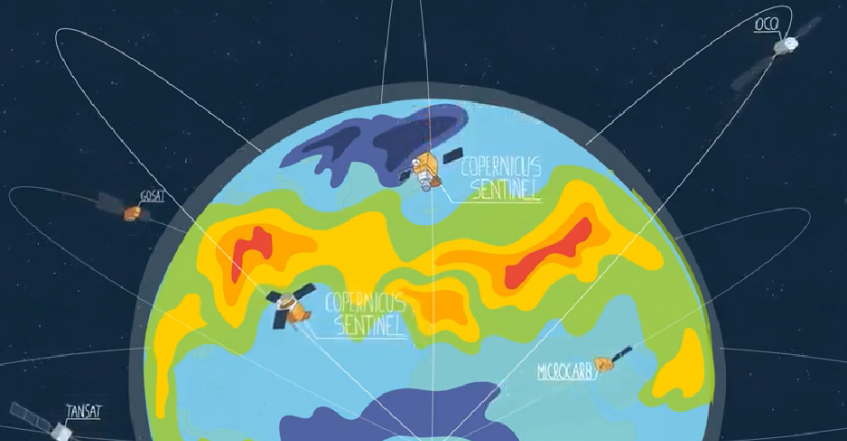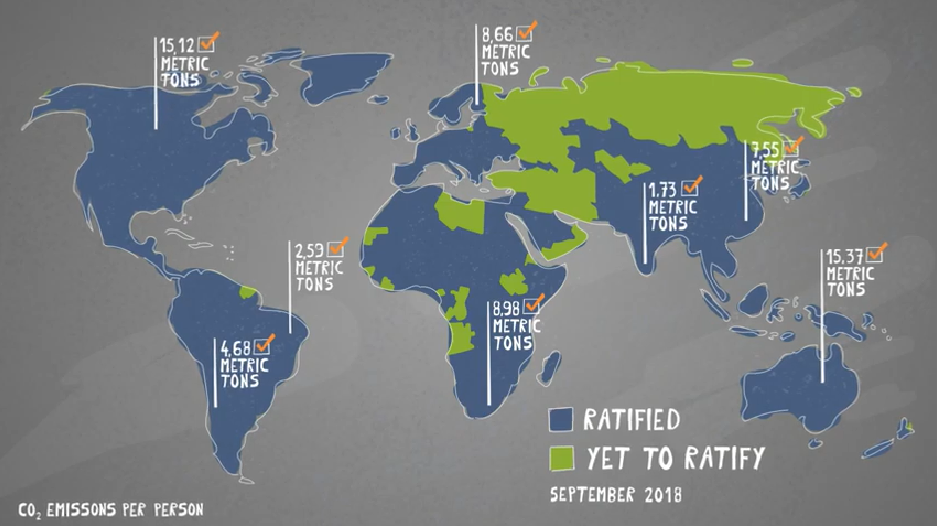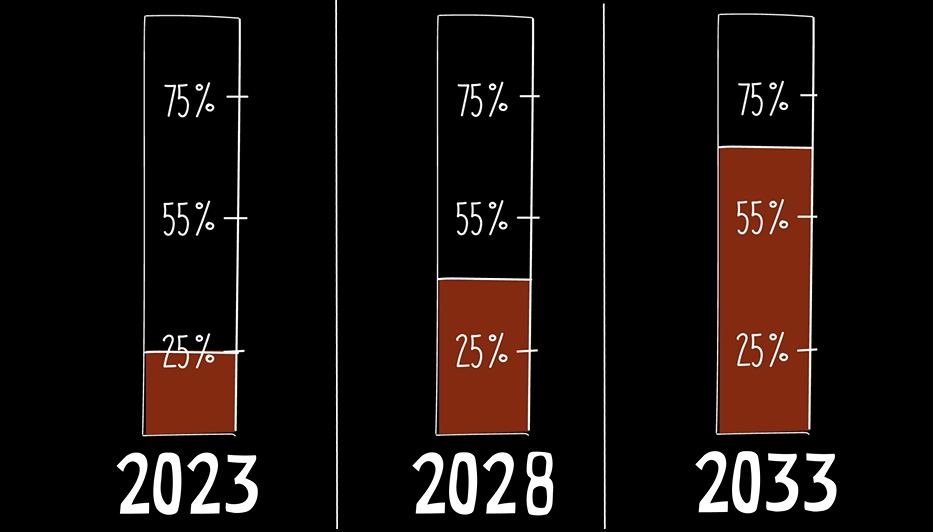
What is Causing Climate Change?
The Copernicus programme recently released a video providing a fantastic overview of the impact that carbon emissions have upon the climate. The video discusses that whilst there is a natural carbon cycle that fluctuates from year to year, the addition of man-made carbon emission is leading to a shift in the world’s climates. In addition, 2018 saw the highest level of carbon dioxide within the atmosphere in recorded history, with a peak value of 410 parts per million.

The Paris agreement has led to 184 countries pledging to reducing their greenhouse gas emissions which has led to the establishment of a standardised measurement and tracking methodology for the reporting of carbon dioxide emissions. To support this, the Copernicus programme intends to establish a carbon emission monitoring system, which will be comprised of both in situ and satellite observations whilst utilising detailed numerical models of the atmosphere and biosphere.

The support system will be able to detect emission hot spots globally and determine the quantity of emissions being generated at these locations, provide regional detection and measurement capabilities, and measurement of national emissions to enable tracking of national reductions every 5 years. You can find the full video here: https://www.youtube.com/watch?v=X5PBT59DLy8&


